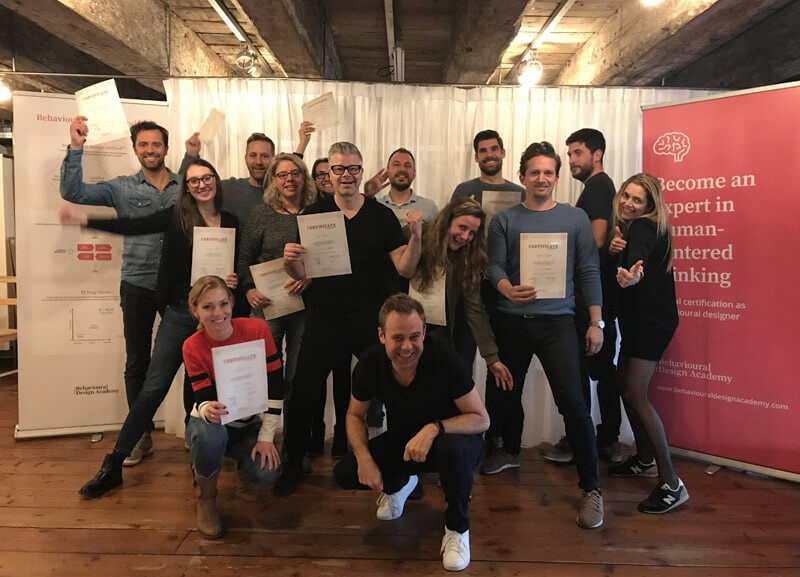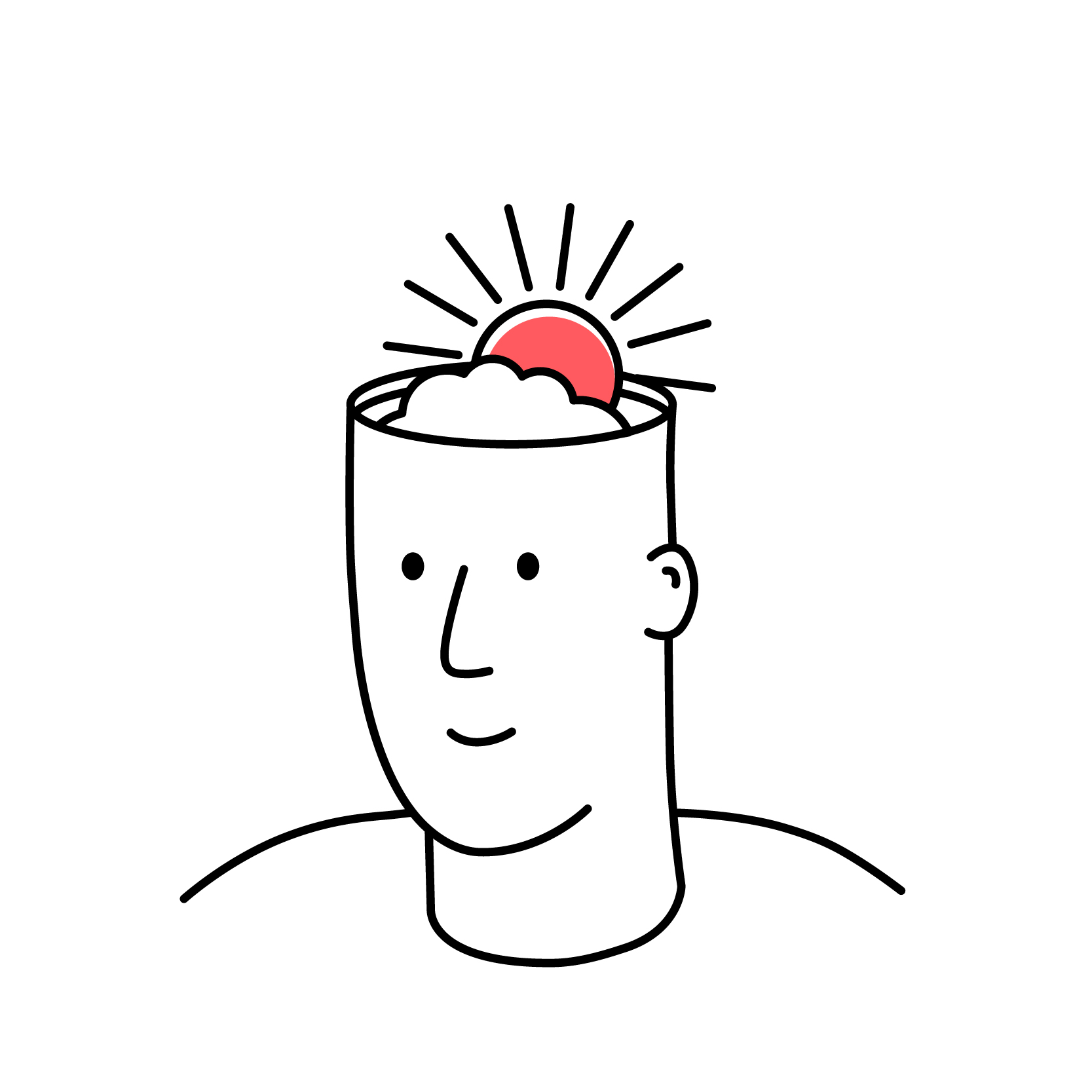These are challenging times and it’s not obvious to keep up the positive spirit. That’s why I want to explore some thoughts on how to apply behavioural design thinking to inject more joy and happiness into your life.
How to design joy and happiness?
‘Winter is coming’. Whenever these three words were uttered in ‘Game of Thrones’, you knew misery was nearby. Today they seem to have the same effect when talking about the psychological drama called reality. This winter, the pandemic is coming, the recession, climate catastrophe, and the end of democracy. Pessimists seem to have a competitive edge these days in debating contests.
And yet, I would like to argue that we don’t need to become pessimists, as long as we make some simple decisions based on behavioural science. Here are two simple behavioural rules to maintain an overall level of happiness.
Rule 1: Design Attention.
This one sounds trivial but is critical. What you focus your attention towards, influences your thoughts, feelings and behaviours. Research amongst older people demonstrated that happy older people apply a simple heuristic to life: They decided that life is too short to spend their attention to people and events that make them unhappy.
Attention is a choice: You can choose to be consumed by thoughts and feelings about what other people think or say. Or you can decide not to pay attention to it. You have to learn to appreciate that everyone is fundamentally insecure about life and death, and they all try to cope with it in their limited way. That’s a very liberating thought. By the way, the expression “to pay attention” is quite literary true: You pay the price to your psychological wellbeing by investing your attention in things that deplete your energy and happiness.
Attention also means: Not allowing your attention to be hijacked. I have deleted all news apps, social media apps and their little notification bastards from my smartphone because I know they are designed to seize my attention for monetization. The amount of time that becomes available for family, friendships, reading, and fishing in the Amsterdam canals is bizarre.
Master a method to design behaviour.
We'll teach you how in our Behavioural Design Fundamentals Course. We have created a brochure that explains all the ins and outs of the course. From the program to the former participants. From the investment to the people behind the Academy: it's all in there.
Rule 2: Design a Happiness Habit
A second rule is to instil habits that drive happiness. Or more importantly: practices that help you to prevent distraction from living a happy life. For instance, Astrid and I start every monthly MT-meeting with checking how the past months have scored on the most critical drivers of psychological happiness:
- Experiencing flow,
- Chasing curiosity and novelty,
- Achieving success and accomplishment
- Having meaningful relationships
- Growing and learning as a person.
These are the most important ones. (Tip: If you want to learn more about the science behind this, check Astrid’s lecture on the psychology of happiness at Behavioural Design Fest 2018 (Dutch). We use these happiness criteria to decide where we need to intervene in our work and our life. A great company should feel like a well-designed game in which flow, missions, achievements, curiosity, experimentation and adventure are central to the setup of the company. If we wouldn’t keep asking ourselves these questions, we would all gradually slip into boredom.
I’m fully conscious of the fact that financial stability and good health are necessary conditions for the above to be true. If you are uncertain about your capacity to sustain yourself or your family, you will be eaten by stress to survive. But unless we take back control, others will hijack our attention, manipulate our desires, exploit our talent and creativity, and eat away our limited time on eath.
If you look at it this way, living a happy life is a pretty simple behavioural design briefing.
Image courtesy: Photo by Denise Jones on Unsplash.
BONUS: free ebook 'How to Design Happiness'
Especially for you we've created a free eBook 'How to Design Happiness'. For you to keep at hand, so you can start using the insights from this blog post whenever you want—it is a little gift from us to you.
How do you do. Our name is SUE.
Do you want to learn more?

Suppose you want to learn more about how influence works. In that case, you might want to consider joining our Behavioural Design Academy, our officially accredited educational institution that already trained 2500+ people from 45+ countries in applied Behavioural Design. Or book an in-company training or one-day workshop for your team. In our top-notch training, we teach the Behavioural Design Method© and the Influence Framework©. Two powerful tools to make behavioural change happen in practice.
You can also hire SUE to help you to bring an innovative perspective on your product, service, policy or marketing. In a Behavioural Design Sprint, we help you shape choice and desired behaviours using a mix of behavioural psychology and creativity.
You can download the Behavioural Design Fundamentals Course brochure, contact us here or subscribe to our Behavioural Design Digest. This is our weekly newsletter in which we deconstruct how influence works in work, life and society.
Or maybe, you’re just curious about SUE | Behavioural Design. Here’s where you can read our backstory.








